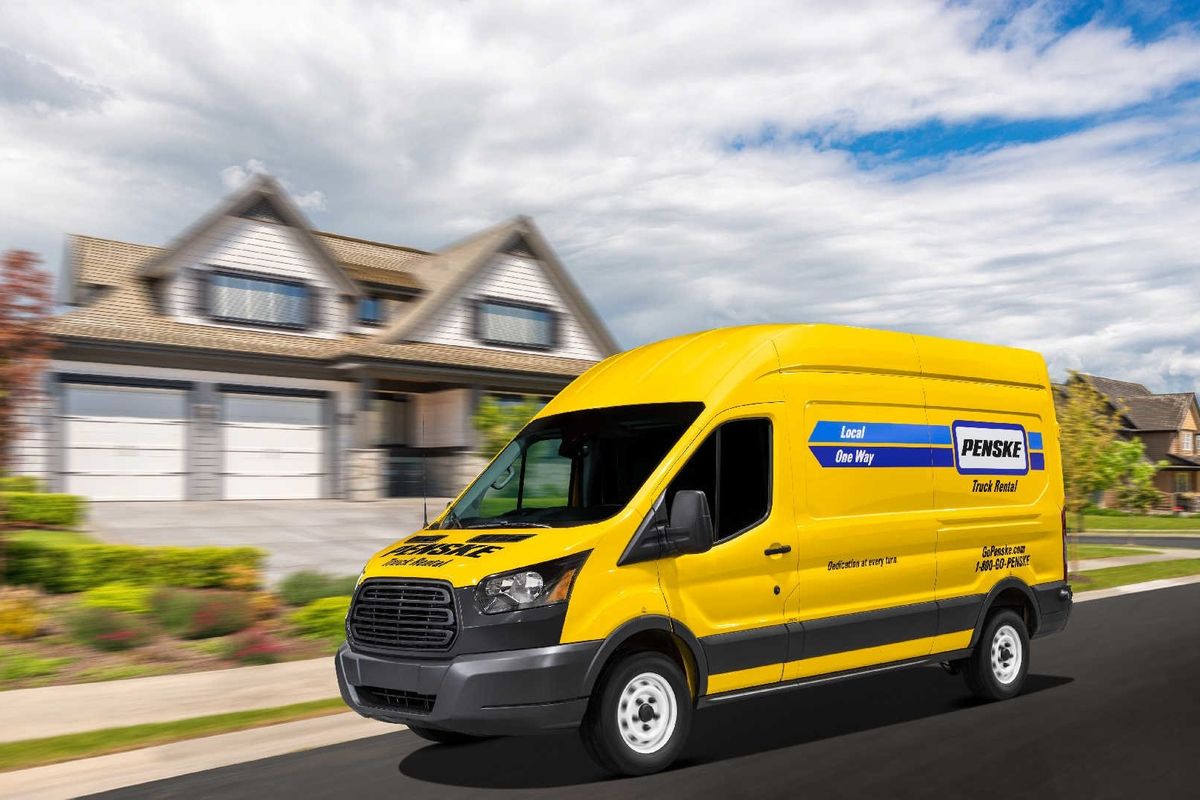
E-Commerce Sales Continue to Grow, Changing Trucking Operations
Consumers are continuing to turn online for purchases, and speed is a critical factor in helping retailers capture e-commerce market share. Retailers are decentralizing their distribution and fulfillment networks to bring inventory closer to consumers, which is changing the average length of haul in the trucking industry and the equipment used to make deliveries.
Consumers spent $601.75 billion online with U.S. merchants in 2019, up 14.9% from $523.64 billion the prior year, the U.S. Department of Commerce reported. That was a higher growth rate than 2018 when online sales reported by the Commerce Department rose 13.6% year over year. What's more, from 1999-2017, e-commerce sales increased from less than 1% of total U.S. retail sales to more than 9%, reflecting a 3,000% increase in e-commerce sales, according to a study by the American Transportation Research Institute.
As e-commerce and business-to-consumer shipments grow, freight is becoming more dispersed, and inventory is moving closer to the points of consumption, so it is positioned for a quick response. As a result, the trucking economy is shifting to more regional and less long-haul deliveries, said Bob Costello, chief economist for American Trucking Associations. The average miles driven decreased to 505 in 2019 from 800 per day in 2000, he said.
In the Impacts of E-Commerce on the Trucking Industry report, the American Transportation Research Institute found that average trip lengths decreased by 37% between 2000 and 2017, while urban vehicle miles traveled have increased for much of this time. ATRI said this has changed equipment requirements. Registrations for single-unit trucks grew by 7.8% between 2007 and 2016 compared to 4.4% growth in combination truck registrations. Additionally, "Last Mile Fulfillment Centers" represented 73% of the industrial real estate market in 2017, a 15-percentage point increase from the previous year, according to the study.
During COVID-19, e-commerce surged, which could create additional changes in shopping habits and transportation needs. A study by Emarsys reported that online retail growth year-over-year increased 118% in the week leading up to May 3 as consumers stayed home. A survey by Morning Consult taken between April 7 and April 9 found that 24% of the 2,200 respondents said they wouldn't feel comfortable shopping in a mall for more than six months.
Penske provides a range of resources to meet shifting transportation and equipment needs, including light-, medium- and heavy-duty rental trucks and leases to help companies meet new consumer demands. Penske Logistics also has invested heavily in its e-commerce e-fulfillment solutions to help its customers ensure the visibility and speed consumers expect.
As we all continue to live and work in these unprecedented times, businesses must change and adapt quickly. Penske has been updating our processes and shifting gears to offer safe, timely service, no matter what you need. We're here and ready to help.